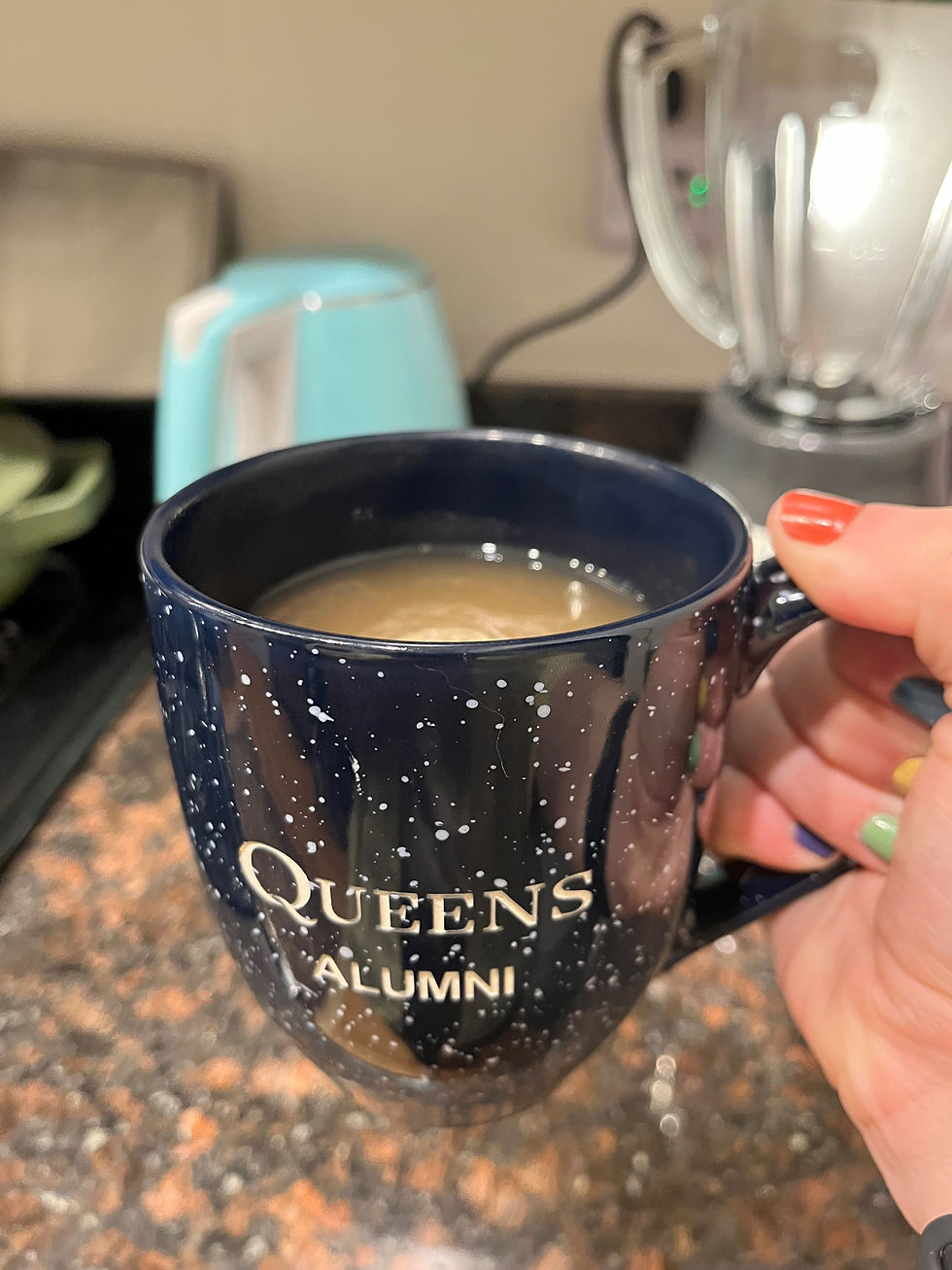The Power of Power Playlists
- Melissa Sommers, MM, MT-BC, NMT

- Oct 13, 2021
- 3 min read
Throughout my career as a Music Therapist, I have connected with music in a variety of ways, including listening to, creating, and performing live music. After all, this is what brought me into the profession. Throughout my education, the importance of using live music within a session was constantly emphasized. Recorded music was not encouraged. This informed my music therapy practice for the first few years of my career. Everything I used in session was live music.
However, as time progressed, I could not ignore the power of listening to a song – the exact way it was recorded, and the way it connected to specific memories and emotions. No matter how much I practiced, I was never going to replicate the sound of a full rock band or hip-hop band, and do not even get me started about my shamefully poor rapping skills! I was also spending more time working with individuals in mental health facilities. Recorded music was a way for my clients to connect to music when I was not there and when they were not in session.
It quickly became evident to me that recorded music IS powerful, and it IS important in the work that I do as a music therapist.
Side note story time... A few years prior to this, I was in Romania with a colleague for an incredible, work experience. As with most parts of Europe, birds are everywhere. I have a long-standing fear of birds; and, sure enough, I found myself smack dab in the middle of a flock of pigeons. Most people know of the fight-or-flight response. Well, there is also freeze – and I froze! I could not move my legs, my arms - I could barely think straight! Eventually, I saw an opening out of the pigeon crowd and I took it. I literally sprinted out of the situation as quickly as I could, and it took a few more blocks before my colleague could catch up to me. It was in this moment that she reminded me of music and connecting with songs that made me feel brave. For the rest of our time there, whenever we saw a flock of birds, or when we were approaching a situation with a lot of birds, we fearlessly hummed the tune of “Indiana Jones." While doing this, I was able to push through my fear and enjoy the rest of my time in Romania. THANK YOU, JULIE!
I share all of this, because it is also what sparked my passion for emotional-based playlists. Whenever I introduce this intervention in session, the first theme I introduce is the 'power playlist,' which is a playlist that includes songs that make you feel invincible, unstoppable, powerful, capable, strong, confident, etc. I encourage participants to listen to this playlist for motivation before they are about to do something challenging or undesired (i.e. preparing for an important meeting or test, attending family gatherings, prior to having difficult conversations, etc.).
My 'power playlist' gives me an extra push to feel confident in doing things I am fearful or anxious about. This playlist is valuable - now more than ever!
Here's an idea for how to start creating your Emotional Playlists...
If you have access to the internet, you can use a wide array of music listening apps that allow you to create playlists, including Spotify, Apple Music, YouTube, etc. Think about what emotions you typically feel throughout the day or the week, and create a list of them. Create a playlist for each emotion by adding songs to each playlist that support you when you are experiencing each emotion. For example, a 'happy playlist' might include songs that you listen to while feeling happy. Conversely, a 'sad playlist' might include songs that you listen to when you feel sad. From there, the possibilities are endless!
Can the same song be on multiple playlists? YES!
Can you have more than one emotion for a playlist? YES!
We each connect to music differently, and that is why these playlists are specifically designed for you and BY YOU! Once you create your playlists and start using them, you will learn what works and what does not. As you listen to the music and move through your emotions, you can be in control of switching to other songs on the playlist or another playlist altogether. Your music preference may change over time, as well. An added benefit of online, music listening platforms is that it is easy to add or remove songs from playlists as your emotional connections with music shift.








Comments